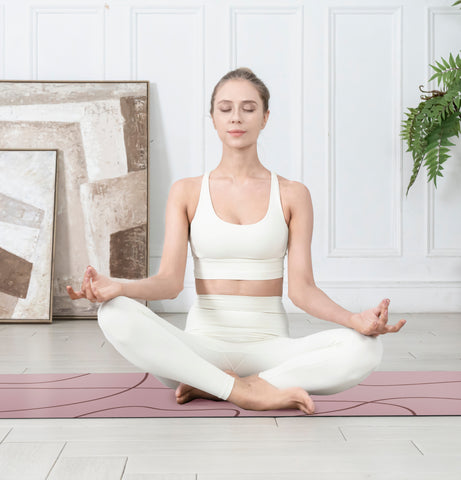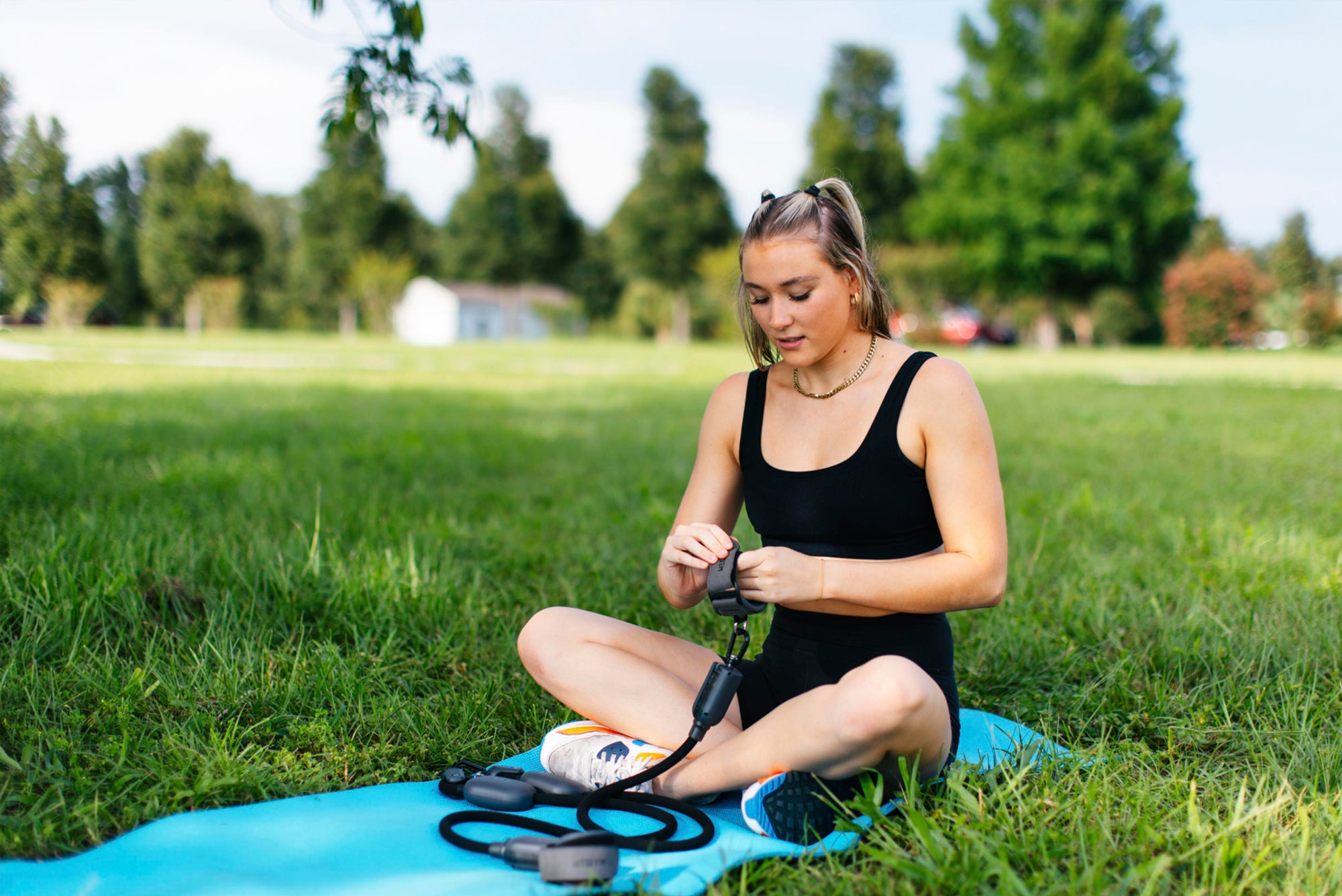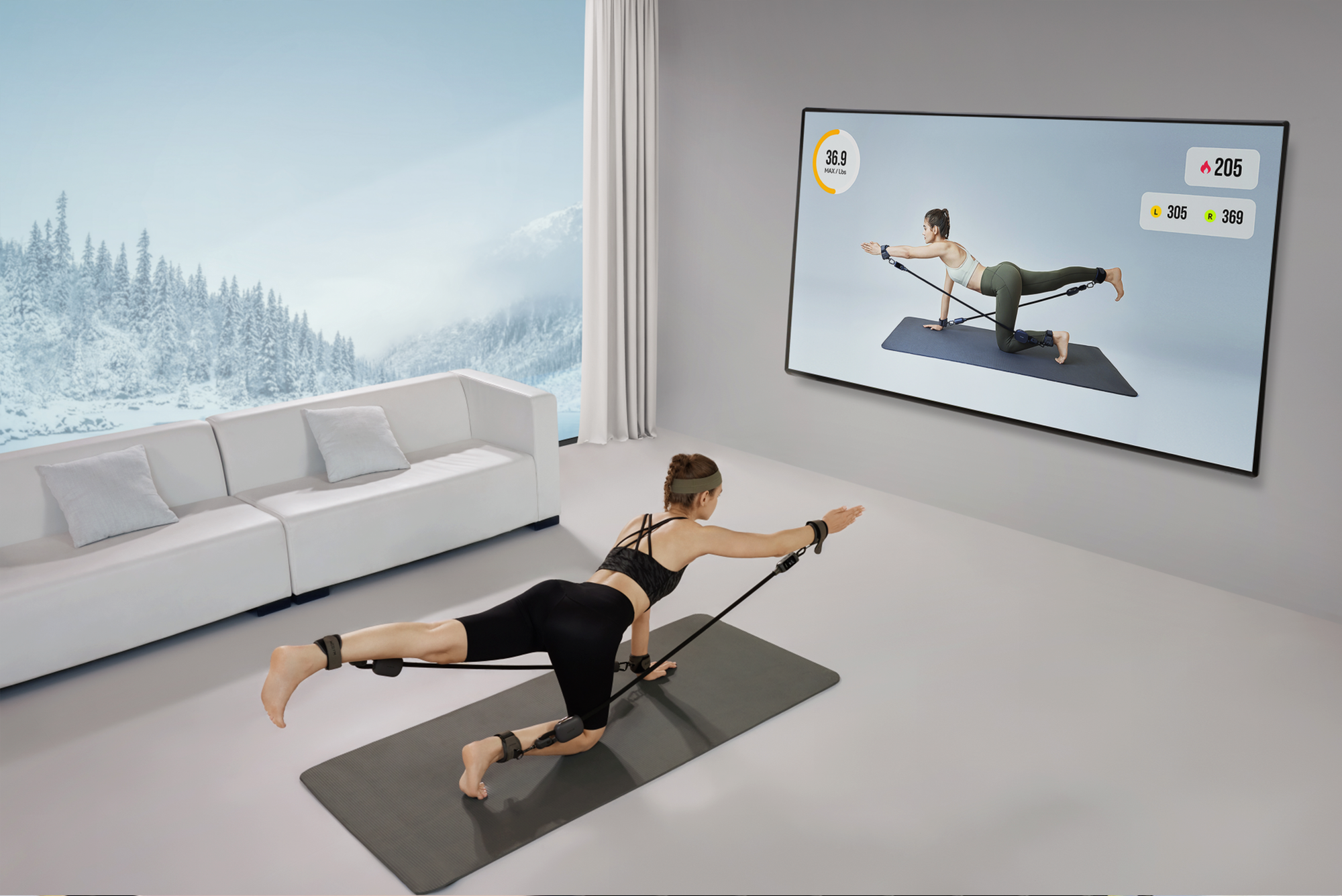Navigation
- What Is the Evolution of Yoga Mat Technology?
- How to Better Design a Yoga Mat?
- What Are the Differences and Characteristics of Different Yoga Mat Materials?
- What Is the Role of Yoga Mats in Yoga Practice?
- Conclusion
Welcome to our blog, where we reveal the fascinating science behind what makes yoga mats such indispensable tools for yogis worldwide. Learn about the development process of yoga mat technology and discover how different materials, like rubber, polyurethane, PVC, and others, are selected and incorporated into the design of high-quality mats. Delve deep into the various functions that yoga mats serve, from providing support and comfort to reducing slips during practice. With our in-depth exploration, you'll walk away with a greater appreciation for the crucial role that yoga mats play in enhancing your yoga experience.
What Is the Evolution of Yoga Mat Technology?
In 1982, yoga teacher Angela Farmer pioneered the development of an early variety made of rubber carpet pads, known as adhesive pads. Before that, meditation yoga was practiced on bare ground, sometimes using deer or tiger skin carpets. Nowadays, stylish mats are usually made of plastic, rubber, and sometimes other material of yoga mats such as burlap and cork, making them more suitable and anti-slip for energetic yoga exercises.
How to Better Design a Yoga Mat?
Designing a high-quality yoga mat requires careful consideration of various factors, such as materials, thickness, texture, and eco-friendliness. The ideal mat should provide sufficient support, cushioning, and grip to enhance stability throughout practice. By striking the perfect balance between softness and firmness, designers can create mats that meet the needs of people with varying skill levels. In addition, eco-friendly materials such as natural rubber and cork help protect our environment. Ultimately, a well-designed yoga mat will make your practice more enjoyable and satisfying.
What Are the Differences and Characteristics of Different Yoga Mat Materials?
PU (polyurethane) is also known as artificial leather. It combines the plasticity of rubber with the strength of plastic, it has an excellent performance in sweat absorption, rebound, environmental protection, and non-slip properties, and there is no odor of natural rubber. Its surface is the same as a rubber material. Although it can achieve slip-resistance in both wet and dry conditions, the sweat absorbed in it can also breed bacteria. Therefore, some brands have tried to apply the antibacterial treatment on the surface of PU to solve this problem, and of course, the price will be relatively higher.
Natural rubber exercise mats are the "nobility" among yoga mats, mainly due to their high prices, raw and environmentally friendly materials, firm grip, and sound cushioning effects. However, there will be a natural rubber smell after opening, lasting a long. Because of its good sweat absorption, it must pay more attention to maintenance. Otherwise, a natural rubber exercise mat can easily hide dirt and generate bacteria. Additionally, it is relatively heavy and not very convenient to carry, but it is currently one of the highly recognized materials of yoga mats in the yoga mat market.
The suede yoga mat is non-toxic, PVC-free, metal-free, and has no irritating taste, making it a top-grade yoga mat. The suede yoga mat has a natural oxidation and cracking function, which will not cause damage to the environment. Moreover, it can be recycled, reducing environmental pollution. The suede yoga mat is soft and snug, lying flat on the ground. The entire carpet can hold and grip the ground, reducing the likelihood of falling. The disadvantage is that it has a slight taste and is not easy to manage, which can quickly fade over time.
From the perspective of environmental protection, comfort, and durability, we recommend natural rubber yoga mats and suede yoga mats. We strongly recommend the WEGYM yoga mat brand, and their main products are genuine rubber yoga mats and suede yoga mats. The WEGYM yoga mat is very reasonable regarding the yoga mat texture, non-slip, and thickness of the yoga mat design. The reviews for the suede yoga mat and natural rubber exercise mat are positive. You can click here if you want to learn more.
What Is the Role of Yoga Mats in Yoga Practice?
Yoga mats primarily serve to provide support, comfort, and slip-resistance during yoga practice. They have a soft and elastic texture, which provides a non-slip effect, making your standing and seated yoga positions secure and stable. They are non-toxic, odorless, antibacterial, non-slip, adaptable, and tear-resistant. You can lay a yoga mat flat on the ground to do yoga, preventing injuries to the spine, ankle, hip bones, knee joints, and other parts. Performing yoga exercises on it can help protect the body. If the thickness of the yoga mat is too thick, many beginners and even seasoned individuals will experience instability. At this point, if the consistency is too thick, the yoga mat loses its substantive function. Furthermore, the yoga mat should be a manageable length.
Conclusion
In summary, with the continuous changes in the material of yoga mats and the development of production technology, modern yoga mats provide support, comfort, non-slip texture, and other functions for yoga practice, effectively protecting human joints and improving the comfort and safety of yoga practice. Therefore, it is an efficient sports equipment.
Read More
- Resistance Bands Ultimate Guide For Home Gym
- The Ultimate Full-Body Workout: Jump Rope and Resistance Band Combinations
- Perfect Size & Thickness: Ultimate Guide to Choosing the Best Yoga Mat
- WeGym Revolutionizes the Portable Gym Industry with a Smart Band
- Maximize Your Workout with the Right Equipment: Resistance Bands or Jump Ropes?





